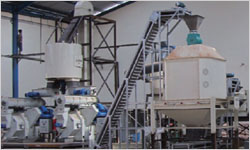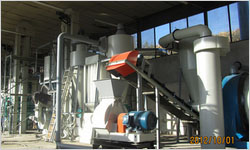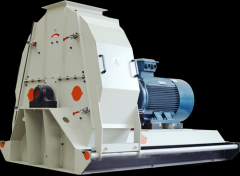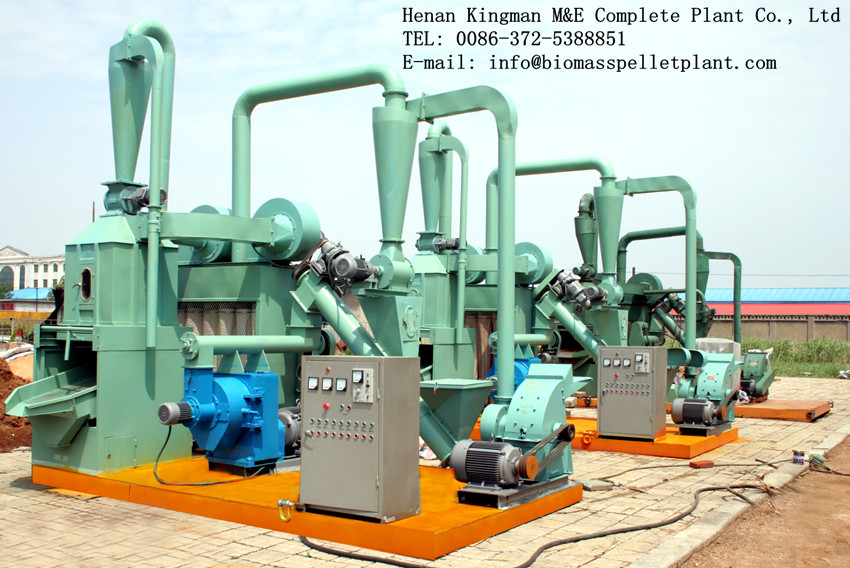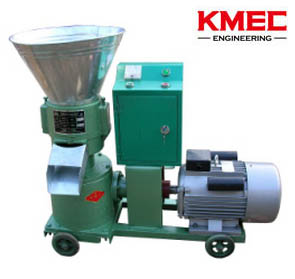Development of biomass industry in China
Biomass industry takes crop straw, agricultural and forestry waste as raw materials into biomass briquetting fuel through the processing of biomass pellet machine and briquette machine to replace and save oil and coal, which is conducive to improve the structure of energy, reduce carbon dioxide emissions, mitigate and adapt to global climate change.
Crop straw is the largest renewable resource on earth. According to the statistics of the survey(Figure 1), the theoretical resource amount of crop straw in China is 820 million tons(air dried with moisture content of 15%), among which rice straw accounts for 25% of the theoretical resources; wheat straw accounts for 18.3%; corn straw accounts for 32.3%; cotton stalk accounts for 3.2%; oil crops straw (mainly rapeseed and peanut) accounts for 4.6%; beans accounts for 3.3%; potato straw accounts for 2.7% and other straw accounts for 11%.
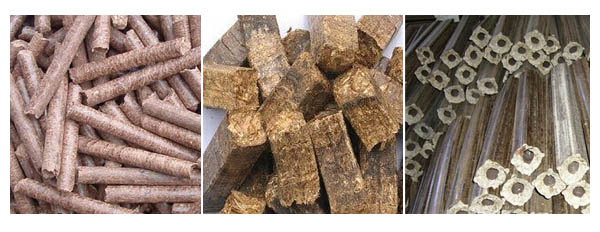
The proportion of various crops straws account in total resources
The straw resources have great potential of high value utilization as biomass raw materials. With the development of industrialization and modernization of agriculture in our country, the rapid consumption of non-renewable energy, such as oil, coal and others increasingly intensifies the contradiction between the wastes produced in people's life and the environment. The promotion and applying of biomass pellet fuel not only can protect the environment but also mitigate the climate change, as well as promoting the lengthening of agriculture industry chain. Biomass pellet machine is the basement for promoting the continuous supplying of biomass fuel, it is popular on the market.
However, the biomass industry, which is widely promising, now encounters difficulties of development. In this year's development forum of energy saving stove (boiler) and biomass briquette fuel industry, the topic receives intense focus among industry experts and enterprises.
With subsidies canceled, the enterprises encounter policy bottleneck.
Wang Fei, the agriculture director of the ministry of agriculture ecology and resource protection station, found in the research that the majority of biomass energy related enterprises are in small-scale, and the annual output of 70% of these biomass fuel enterprises is less than 10 thousand tons and 70% sales in the province. The profit of these enterprises is generally low, therefore, the fiscal subsidy is crucial for the survival and development of these enterprises. 50% to 60% of the biomass stoves enterprises have received the subsidies, which accounts for about 70% of their sales income.
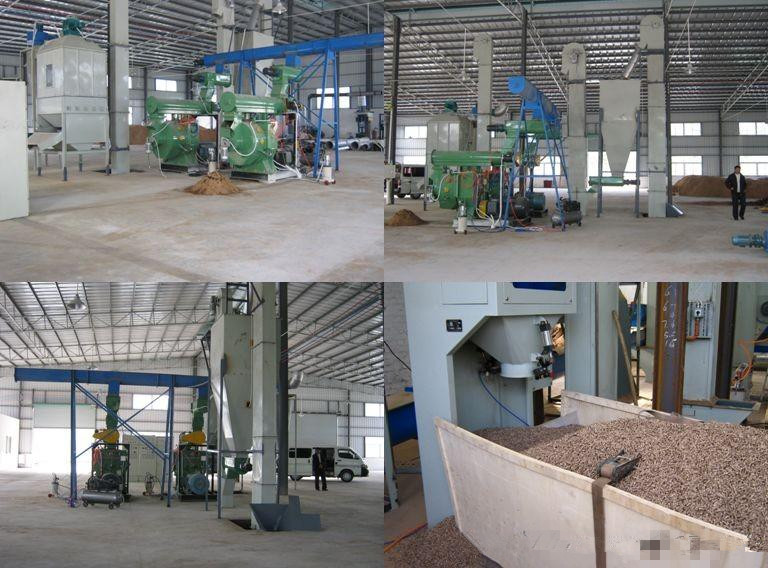
The price of coal fell, biomass loses the price advantage
However, with the continuous decline in the price of coal, the price advantage of biomass fuel is gradually lost that some enterprises start burning coal again in the boiler. Last year, the price of coal in China has fallen below 500 yuan/ton and it is likely to be below 400 yuan/ton this year. The cost for raw materials of biomass fuel is 250~350 yuan per ton, while the ex-factory price of briquetting fuel after the briquetting process is about 800~1000 yuan per ton. Under the price advantage, the biomass briquette cannot become the first choice for enterprises.
How to overcome difficulties, both the government and enterprises should take actions
the development of biomass industry is directly related to China's policy orientation. Currently, China's biomass energy industry is a typical private investment oriented industry, the majority of which is in small-scale, lack of strong financial and technical support and insufficient strength for development. After the implementation of subsidies in 2008, biomass briquetting fuel in our country has ushered in the golden period of development. However, the over reliance on subsidies as well as nonstandard management in some companies led to the difficulties of industrial development after the suspension of subsidies.
In this realistic condition, enterprises should change the way of development. The aim of implementation of the subsidy policy is to give support in the early stage of development and to help enterprises to find the internal power and help the industry to cultivate market mechanism. In the words of Hao Fangzhou, energy-saving stove professional committee director of CAREI, "the government subsidies and the operation of the market should function at the same time." But many enterprises make operating decisions based on the subsidy policy and make production planning according to the government procurement orders, which is lacking of investigation and analysis of the market and the needs of users. The psychological dependence has restricted the innovation development of enterprises and improvement of product development capabilities.
The processing equipment of biomass pellet fuel includes: crushing machine, drying machine, pellet machine and other matched equipment. KMEC can supply the completely processing equipment of biomass pellet fuel like crushing, drying, pelletizing, cooling and grading. Welcome to purchase our products.
---------------------------------------------------------------------------------------------------------------------------------------------
The processing equipment of biomass pellet fuel includes: crushing machine, drying machine, pellet machine and other matched equipment. KMEC can supply the completely processing equipment of biomass pellet fuel like crushing, drying, pelletizing, cooling and grading. Welcome to purchase our products.
---------------------------------------------------------------------------------------------------------------------------------------------
Biomass pellet is a kind of new clean fuel which can be burnt directly. It takes sawdust, straw and other agricultural and forestry residue as raw material through crushing, mixing, extrusion and drying process.
News
- Small Pellet Machine Manufacturer-Kingman
- Application of Wood Pellets and Use of Biomass Pellets
- From Fossil Fuel into Biomass Pellet Fuel
- Biomass Pellet Making Machines Market
- Applying of pellet stoves for home use
- Highland pellets to build $130 million facility in arkansas
- How to deal with the blocked hammer mill
- How to Make Wood Pellets with Sawdust
- The government policy promotes the development of biomass fuel
- Market analysis of biomass pellet fuel
- Strategic positioning of renewable energy
- Biomass energy has pass through the pre assessment
- The key point of deep processing of biomass pellet
- Harbin is promoting the development of biomass machinery
- The development of biomass formation technology I
- The development of biomass formation technology II
- Biomass energy industry is now going full tilt in 2015
- Rapid increasing demand of sawdust pellet on the market
- Pellet fuel market in EU
- Chinese Biomass Energy Conference held in Beijing
- Future market development of straw pellet mill
- Peanut Shell Pellet Mill Makes High Quality Pellets
- The utilization of straw is only 5%, biomass energy needs our attention!
- Corn straw pellet machine relieves the tight supply of fuel energy
- Reasons for loose or not forming of biomass pellet mill

